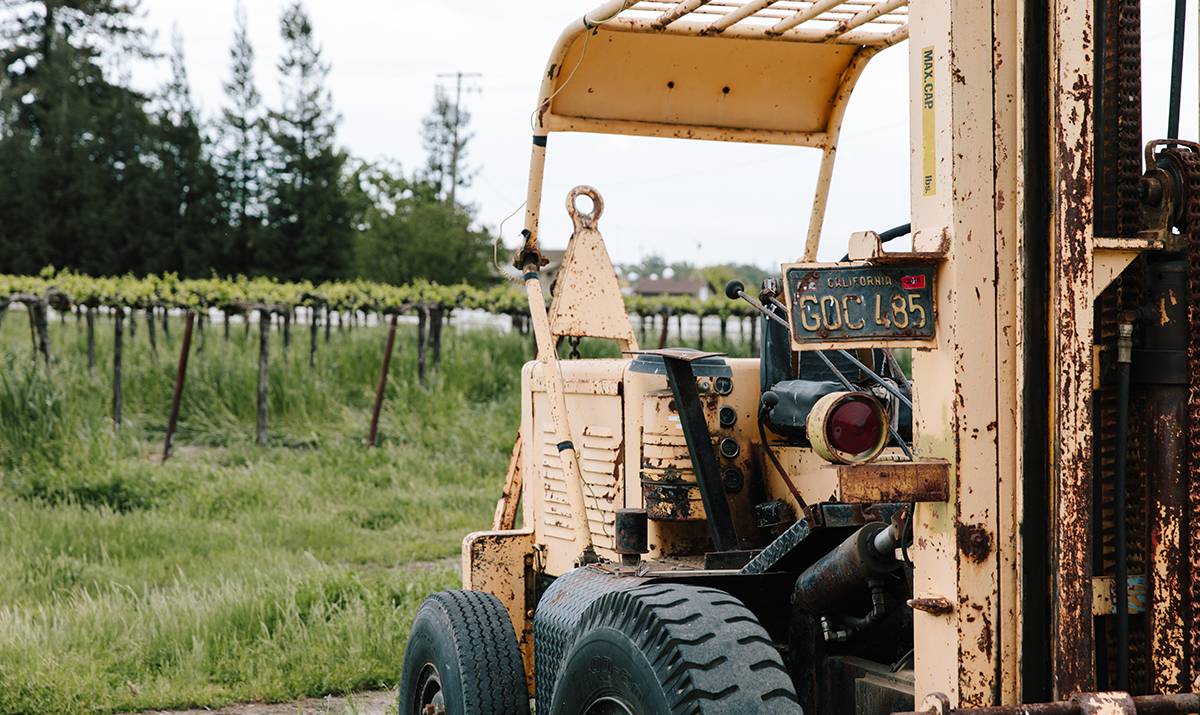
Viticulture Library
What is the Library?
Welcome to the Lodi Winegrape Commission’s Viticulture Library. The Library is meant to be a user-friendly resource for accessing practical and scientific articles about vineyard management. The Library includes a searchable database of hundreds of articles organized into a number of categories. Click HERE for a list of categories. The Library houses a wide range of articles from cutting-edge research to early publications dating back to the 1960’s. The Library is a living resource, meaning that new articles are added frequently.
How does one use the Library?
Using the Library is simple. The search engine recalls articles by title, author, year of publication, and topic. Simply type a key term into the search field, and click “Search.” For example, to learn more about soil nutrition, search for “nitrogen” or “compost”. To learn how to control a specific pest, search for “bunch rot” or “botrytis.” Searching for “Paul” or “Verdegaal” retrieves all articles on record authored by our UCCE county farm adviser. Once you find an interesting article, you can read it online or download it as a PDF (drag your cursor to the bottom right of your screen and a download prompt will pop-up).
The Lodi Winegrape Commission thanks those who have contributed documents to the Library:
- John Kautz Farms
- Progressive Viticulture
